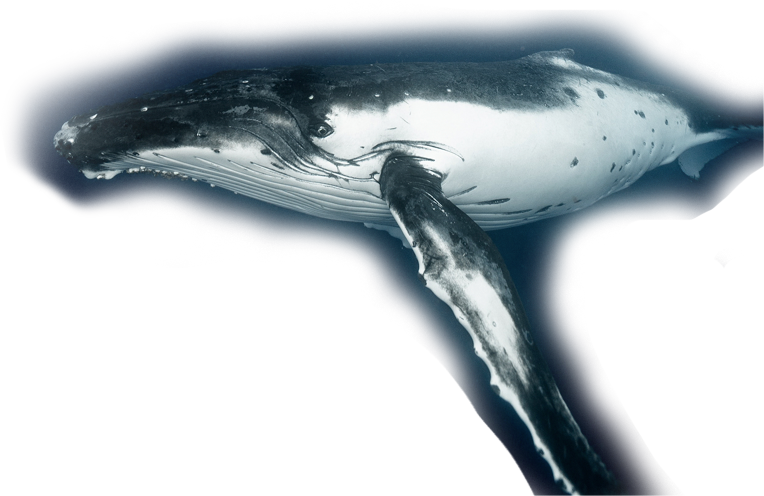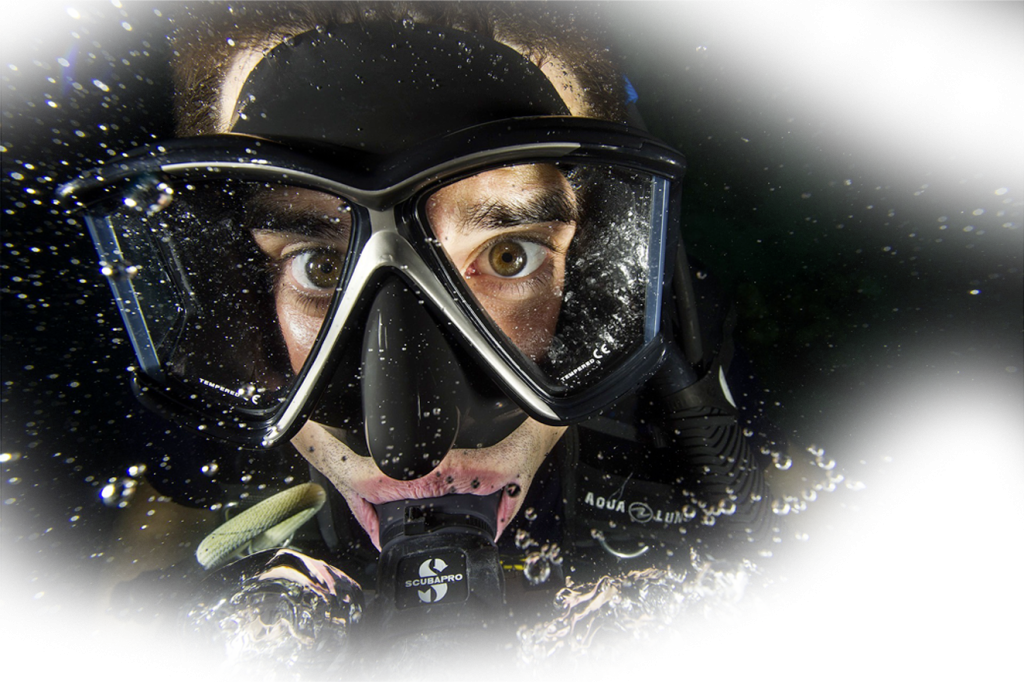The oceans and their species, essential for our survival, daily coexist with the noise caused by human activities in it.
The oceans and their species, essential for our survival, daily coexist with the noise caused by human activities in it.
OCEAN:
AN ECOSYSTEM ESSENTIAL TO HUMAN LIFE, UNDER THREAT
The oceans cover more than 70% of the Earth’s surface, but we know more about Mars than we do about the deep sea.

BUOYS:
THE OCEANOGRAPHIC AND ACOUSTIC STUDY OF THE OCEAN
Although studying the ocean is a complex endeavor, disciplines such as oceanography and bioacoustics allow us not only to know all its dimensions, but also to listen to everything that is happening down there.
Oceanographic buoys, through different sensors, measure physical, chemical, biological and geological parameters, such as water temperature. These data help us to understand the state of health of the oceans and their threats.
Underwater hydrophones are underwater microphones, technological ears with which we can listen to everything that happens in the oceans.
The oceans are not silent places. From krill to whales, both small and large animals communicate through sounds, and this is the only sense shared by all living beings, including plants.

It is the interdisciplinary science that studies the structure, composition and dynamics of the ocean, including physical processes, such as currents and tides; geological processes, such as sedimentation or expansion of the ocean floor; and biological processes.
It is the science that studies the biological sounds made by fauna, their functions and the external changes they may experience.
OCEANOGRAPHY
It is the interdisciplinary science that studies the structure, composition and dynamics of the ocean, including physical processes, such as currents and tides; geological processes, such as sedimentation or expansion of the ocean floor; and biological processes.
BIOACOUSTICS
It is the science that studies the biological sounds made by fauna, their functions and the external changes they may experience.
OCEAN:
LISTEN TO THE OCEANS
Light in the ocean is lost at approximately 30 meters, so all living things in the oceans use sound as their main means of communication.
There are different types of sounds: natural and man-made.
MAN-MADE NOISE
Human activities make noise that affects the life and inhabitants of the oceans. For example, man-made noise prevents whales from communicating with each other and cause ship strikes when they become disoriented.
Our hearing ability does not allow us to hear and understand the permanent acoustic noise to which marine species are subjected, which impacts their reproduction, biodiversity, and capacity to mitigate climate change.
SOUNDS
CLICK on the different sound sources and learn who generates them

Vessel
Distant ships
Boats nearby

Sodiac
Air
Water

Sperm whale
Source: Sons de Mar

Humpback whale

Right whale

Blue Whale












